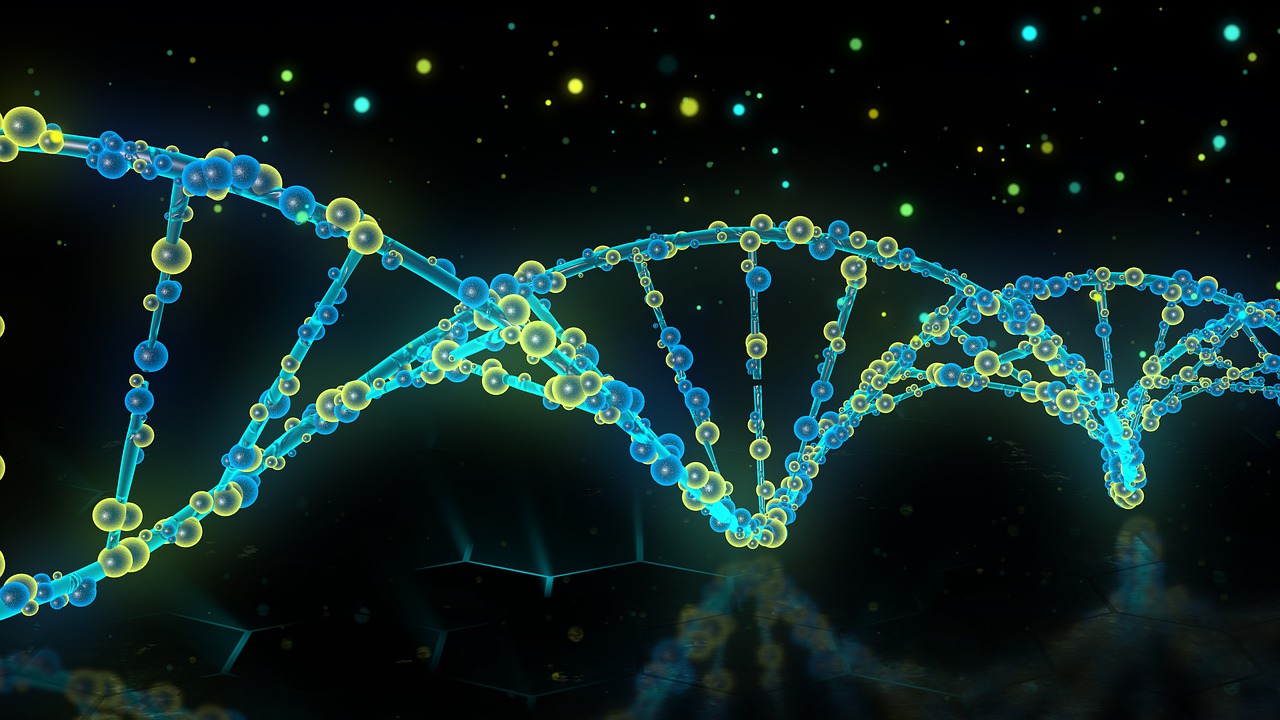
Recent studies from England and the U.S. clearly confirm: strategies that slow down the aging process are much more effective than measures aimed at curing diseases. Among the common anti-aging strategies for post-menopausal women – besides exercise and targeted nutrition – is hormone replacement therapy. But to use anti-aging strategies successfully, gynecologists need tests that make it possible to measure aging processes on an individual basis. One promising method is the epigenetic clock – a kind of clock built into the body that indicates the aging process.
Researchers led by Martin Widschwendter, professor of cancer prevention and screening at the University of Innsbruck, Austria and head of the Institute for Prevention and Screening (EUTOPS), have now developed an epigenetic clock that makes it possible to determine the epigenetic age of specific cell types such as epithelial or immune cells. Using this, they were able to demonstrate that combined hormone replacement therapy (HRT) slows epithelial cell aging in post-menopausal women. In contrast, cell aging is not slowed by combined HRT in women who have breast cancer. Their cells aged at the same rate as in women who did not undergo combined HRT.
Here is Professor Widschwendter in an interview with Innovation Origins:
What is an epigenetic clock – how does it work?
We already described in 2010 (Genome Res 2010) that the epigenome changes significantly with age. In response, a number of epigenetic clocks have been developed over the last decade.
The principle of epigenetic clocks is the readout of DNA methylation at very specific regions of our DNA. DNA methylation occurs at one of the four basic building blocks (AGTC) of DNA – cytosine (C). A methyl residue can be attached to a cytosine followed by a guanine (G) and accordingly a methylcytosine is formed. An epigenetic clock typically examines 100 to 300 different CG positions and determines the epigenetic age by the proportion of methylated cytosines.
Also of interest: A combination of drugs to overcome breast cancer treatment resistance
What was the research approach in your project?
Until now, epigenetic clocks were designed to reflect aging in a tissue-independent manner. In the meantime, it is now possible to infer the actual age of a person quite accurately from the study of DNA methylation. However, this information is not enough for us. We have focused on determining the epigenetic age of specific cell types, such as epithelial cells or immune cells. This means that we can now compare the epigenetic age of specific cell types with the general epigenetic age of the patient. What is exciting about this is that we can thus investigate which environmental factors have which influence on the aging process of these specific cell types. By environmental factors I mean toxins, diet, lifestyle, exercise and drugs. This is important in that specific age-related diseases develop from the accelerated aging process of specific cell types.
Epithelial cells are of interest in that 90 percent of all cancers develop in them. Therefore, we want to monitor their aging process. This opens up new possibilities in diagnosis and treatment: we can determine a patient’s personal risk of specific age-related disease, such as cancer, and investigate the causes. Furthermore, we can specifically monitor personalized preventive measures and determine their success.
What was the greatest challenge in developing the epigenetic clock?
The research project was logistically and financially complex. To date, there are no biobanks that guarantee the appropriate test material. So we had to collect 2,000 samples from women of different ages – with and without cancer – including a long questionnaire. This was made possible by support from the EU Horizon 2020 program and the European Research Council.
The epigenetic clock should enable therapies that are individually tailored to female patients. Could you describe this?
To date, we have analyzed the effects of hormones on epigenetic aging – specifically, the effects of hormone replacement therapy in postmenopausal women, as well as those of so-called anti-progesterones. The latter are drugs that inhibit the action of the hormone progesterone, which has been implicated in the development of breast cancer.
Currently, we are conducting studies to investigate the effects of other potentially health-preserving interventions. We want to use epigenetic clocks to determine how a particular measure affects epigenetic aging. This will allow us to achieve an individualized delay of the aging process.
The delay of the aging process and thus the increase of healthy life years plays a decisive role – also economically: A targeted slowing of the aging process offers potentially greater economic benefits than the eradication of individual diseases. This was shown in a recent study by authors from the London Business School, Oxford University and Harvard Medical School. The authors calculated that just slowing aging, which increases life expectancy by one year, is worth $38 billion. (Scott et al, Nature Aging 2021)
Certain hormone preparations were classified as potentially leading to breast cancer at the beginning of the noughties. How does science view the facts today?
The type of hormone replacement therapy we studied is a combination of estrogen and progesterone. The effect of these hormones on breast cancer risk depends on a number of factors – such as age at the time of initiation and the type and duration of use. Our data indicate that our epithelial epigenetic clock, presumably after only a few months of use, can measure whether or not hormone replacement therapy triggers an epithelial anti-aging effect. In women in whom this is not the case, this could indicate an increased risk of breast cancer. Thus, one would advise against further implementation of hormone replacement therapy and switch to alternative treatment options for postmenopausal symptoms.
Also of interest: Aiosyn leverages AI to get faster cancer diagnoses
